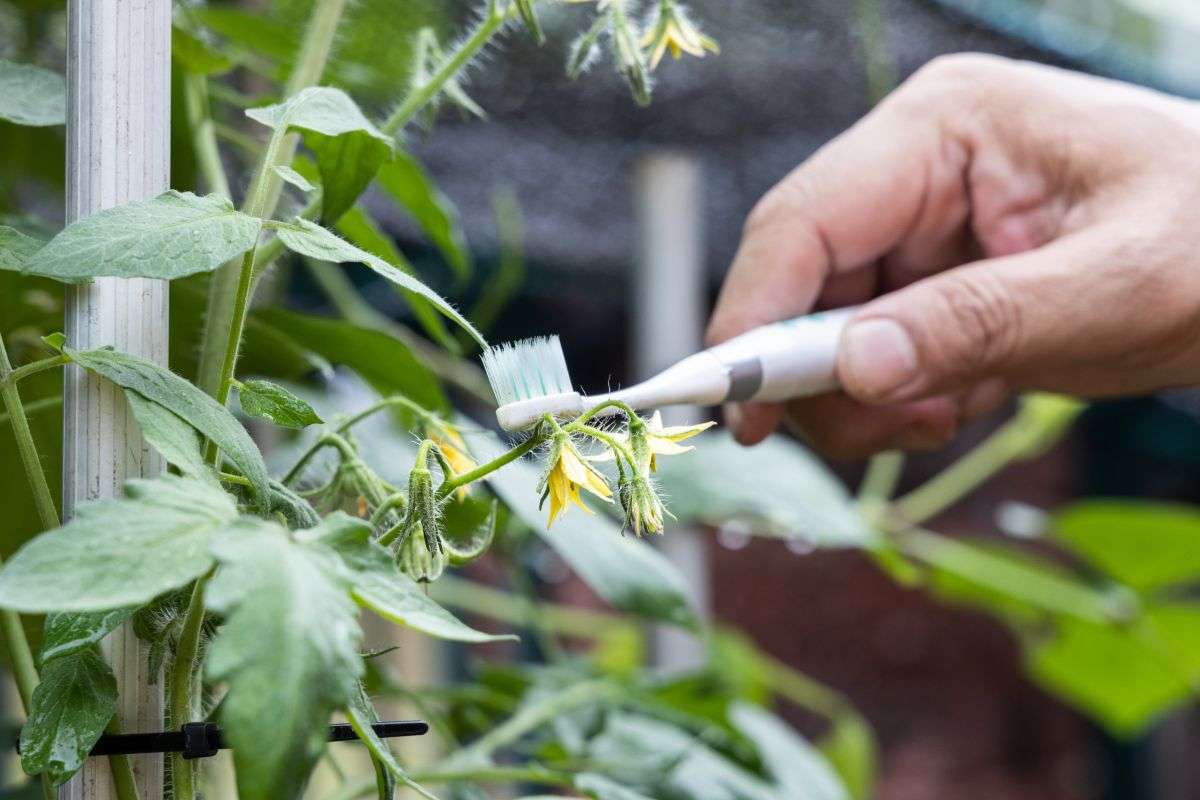
Tech gadgets are flooding the market, with everything from remote-operated bbq grills to homes that are smarter than us. It’s no different in the gardening world – there are so many new gadgets and tools appearing on the market, often for things we didn’t even know we needed.
Some of these gadgets are life-changing (or garden-changing), while others fall short of their purpose. In this review, we’ll delve into the good and the not-so-great.
Smart Sprinkler Controls
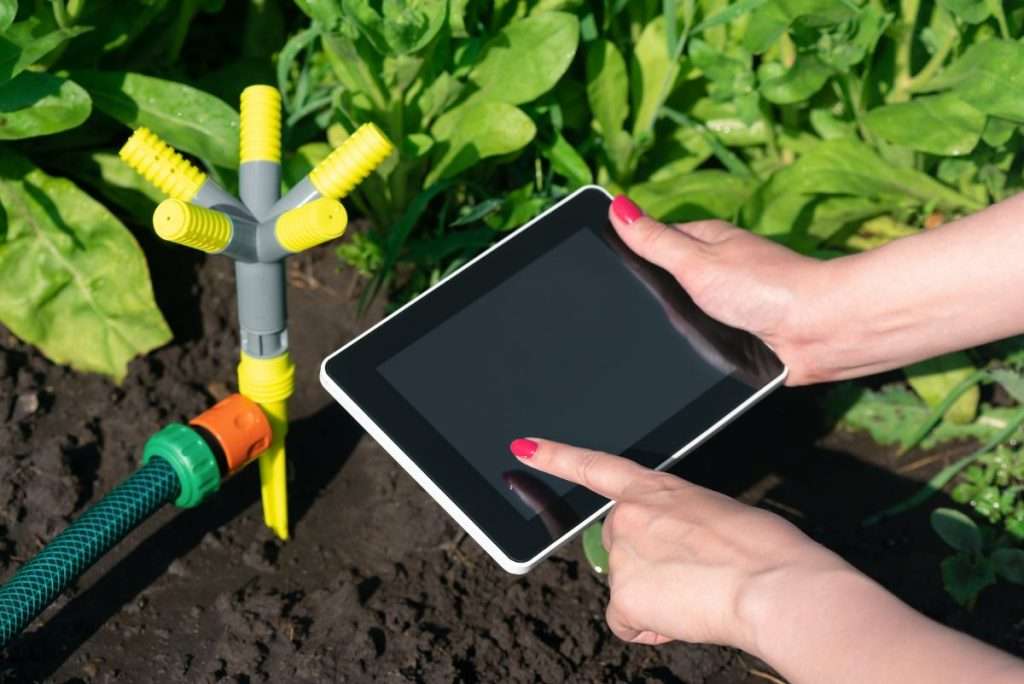
A sprinkler system managed with an app is pretty amazing. You can plan and change watering schedules right from your living room and tailor settings to specific zones of the yard or garden.
These intelligent systems assess your soil type, climate, season, and plant type to determine the best watering schedule for your situation. Many even have innovative technology that prevents watering when it’s raining or when the temperature is below freezing. This is a great way to save money on water bills. Water conservation is also good for the planet.
If you have more than one property, a smart sprinkler system is a dream to ensure the landscape is maintained in all locations. There are many options in the market for sprinkler systems; they’re a bit expensive but seem like a good investment.
Robotic Lawn Mower
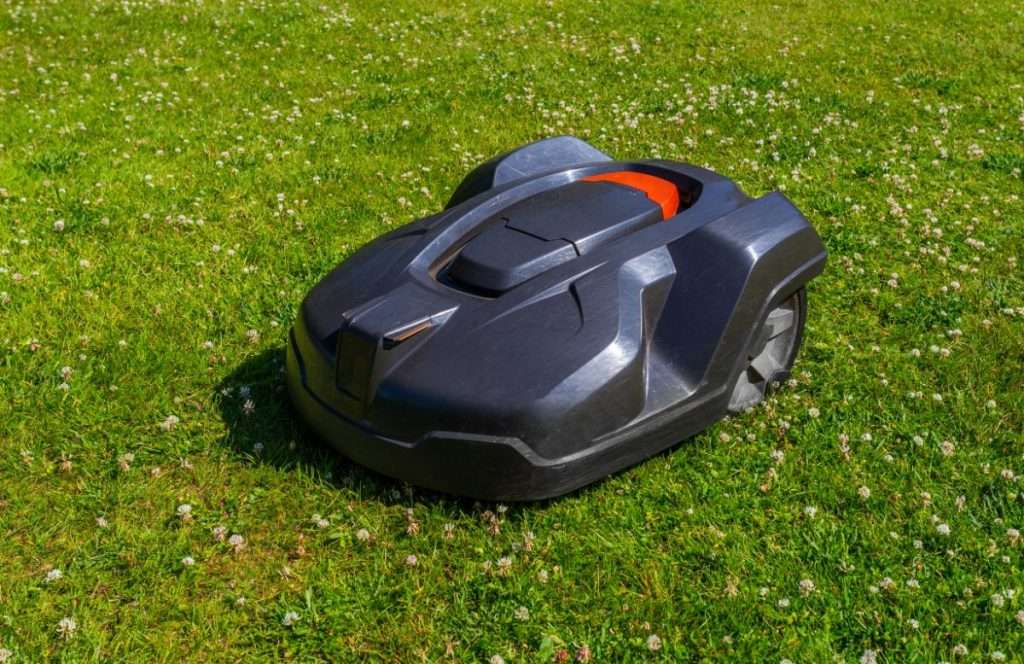
Lawn mowing is a chore, and we support all efforts to minimize the time spent doing it. Robotic Lawn Mowers look like a bigger version of the popular in-home automatic vacuum cleaner, but this one cuts grass. Set up boundaries, blade size, and schedule, and your lawn will be looking fantastic without a drop of sweat.
These electric mowers move around yard objects using special sensors and even dock themselves if they sense rain. Not only do robotic lawnmowers take the work away, but they also are super quiet – such a change from loud gas mowers. Maybe you want to invest in one of these for your neighbors, too!
Robotic lawnmowers aren’t cheap, and there are a lot of inferior ones out there, so do your research before buying. They are also limited as to how large a yard they can handle.
Seedling Heat Mat
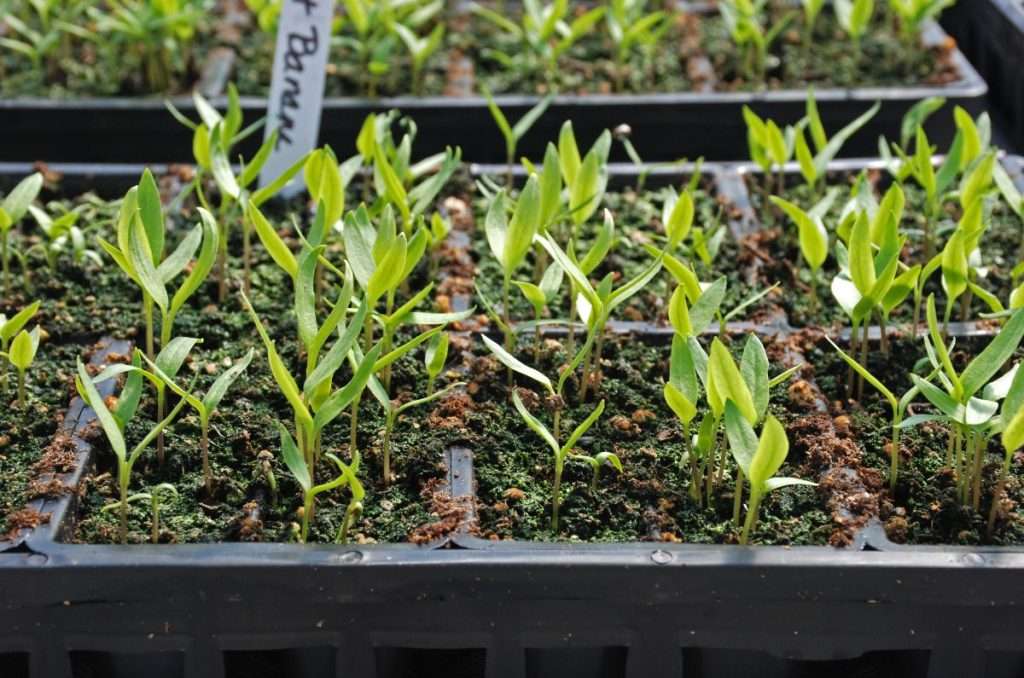
Germinating seeds can be difficult, especially if you’re doing it inside in winter or early spring. Most seeds want lots of warmth before they sprout, and it takes a long time if they’re indoors and not quite warm enough.
These seedling heat mats provide stable, consistent temperatures that significantly speed up germination. Seedling heat mats are a must if you have a cold house, lots of drafts, or no other way to keep the soil temperatures up. They’re small, ideal for home growers, and work great.
Soil Thermometer
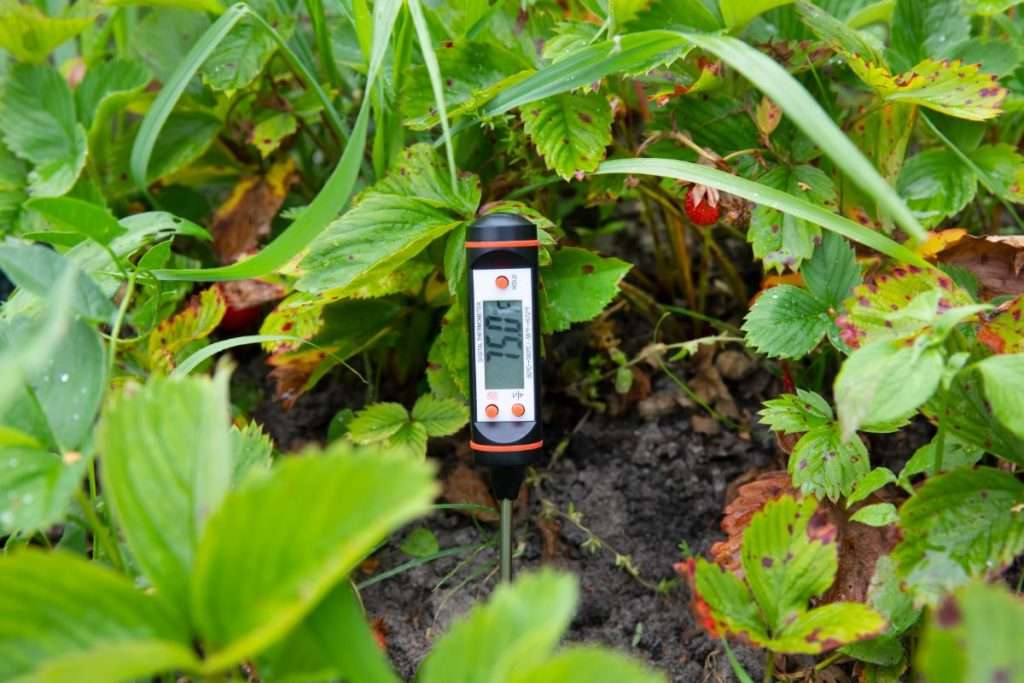
Soil temperature matters. Vegetable and flower seeds will only germinate when the soil temperature is to their liking. Planting them too soon or too late is a waste of seeds and time. A soil temperature thermometer makes spring planting much easier and takes out the guessing.
A soil thermometer has a probe that inserts into the ground and a display that gives you a readout. It’s not extremely high-tech, but it is a valuable gardening tech tool.
Soil Moisture Meter
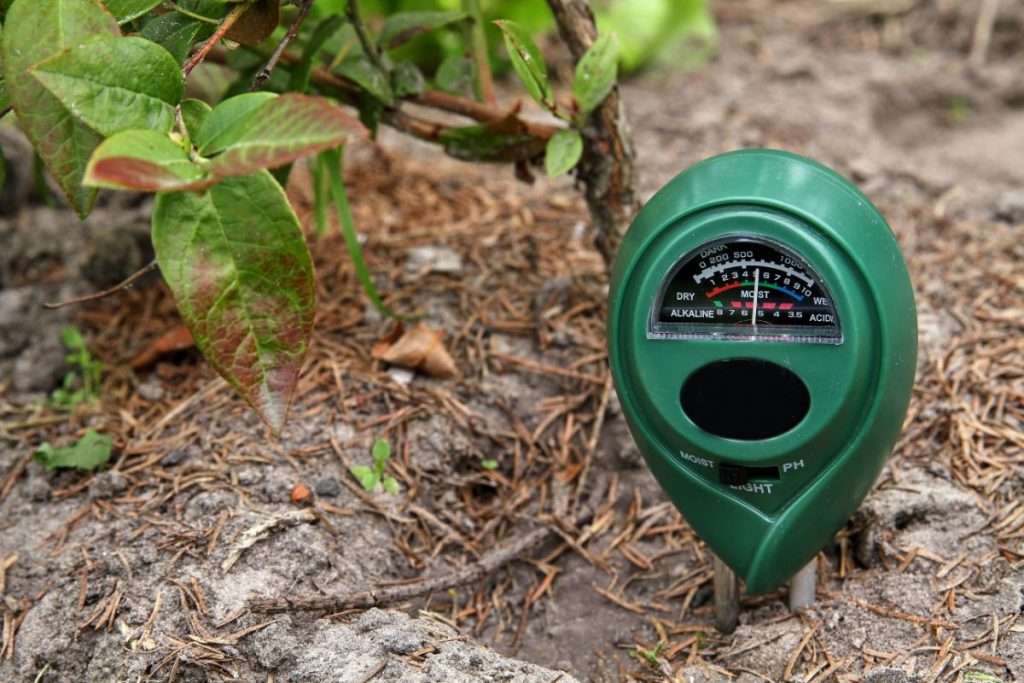
Knowing when to water can be tricky. Some plants like drier soil, while others thrive in consistently moist soil. And moisture levels vary at different depths.
The soil meter measures the moisture level and gives you a readout. Then, you can know for sure whether you need to water or not. If you struggle with watering, this might be a handy tool. It takes all the guesswork away.
Folks who have been gardening for a while likely won’t need a tool like this. While the accuracy is nice, gardeners have relied on the time-honored “stick your finger in the soil and see for yourself” method for centuries.
Wireless Rain Gauge System
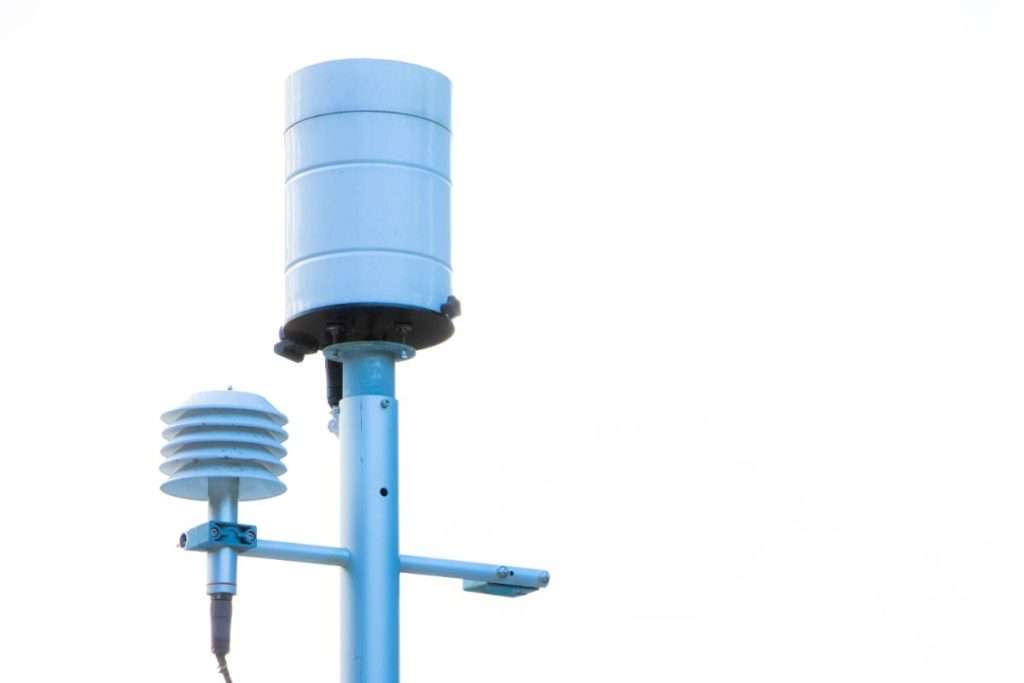
Rainfall is a vital component of outdoor gardening. A day of rain can determine your watering schedule for the next week. Knowing the exact rainfall in inches is knowing how much water your plants received. The wireless rain gauge measures precipitation and stores that information for future use.
Of course, there are static rain gauges that you put in the ground and then physically check after it rains to see the accumulation. These work fine, but you’d have to write it down somewhere to keep track; plus, you have to be at the location to see the gauge.
A smart rain gauge stores the information, and you can compare month to month and year to year so you can anticipate and plan garden watering schedules. Many also display humidity and temperature, making it a convenient device.
Motion Activated Sprinkler Animal Deterrent
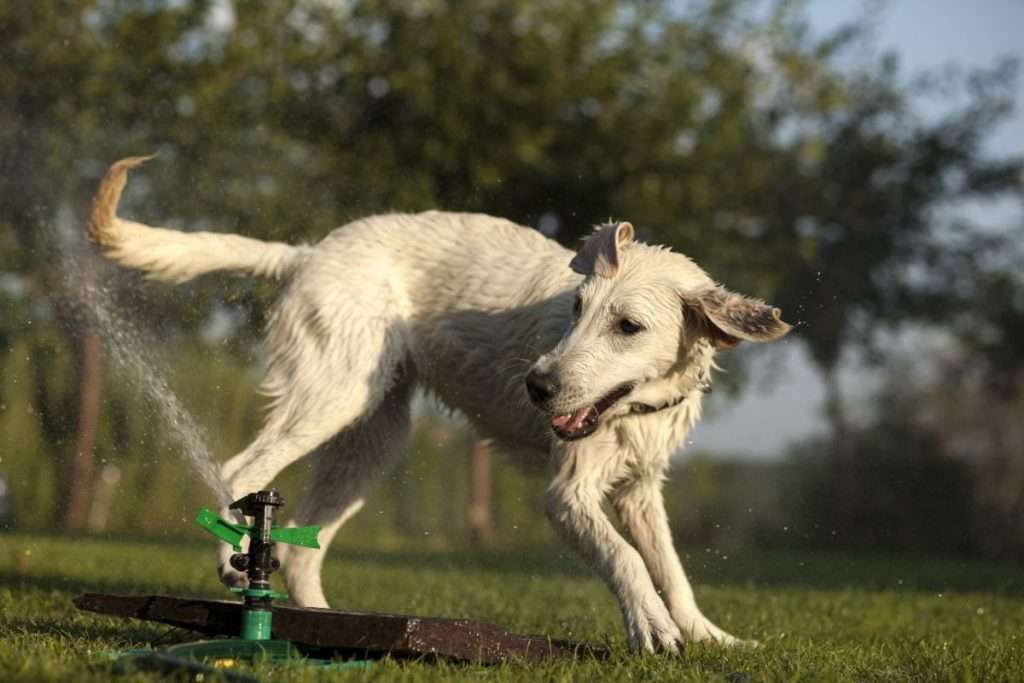
There are a lot of tech gadgets for getting rid of garden pests, but it doesn’t seem easy to find one that actually works. According to users, this sprinkler that sends a spray of water to unsuspecting garden visitors gets good results.
Deer, raccoons, bunnies, and nosy neighbors will get a deterring spray if they activate the sensor. Just be careful it’s not you! They’re not terribly expensive, either.
Smart Watering Pot
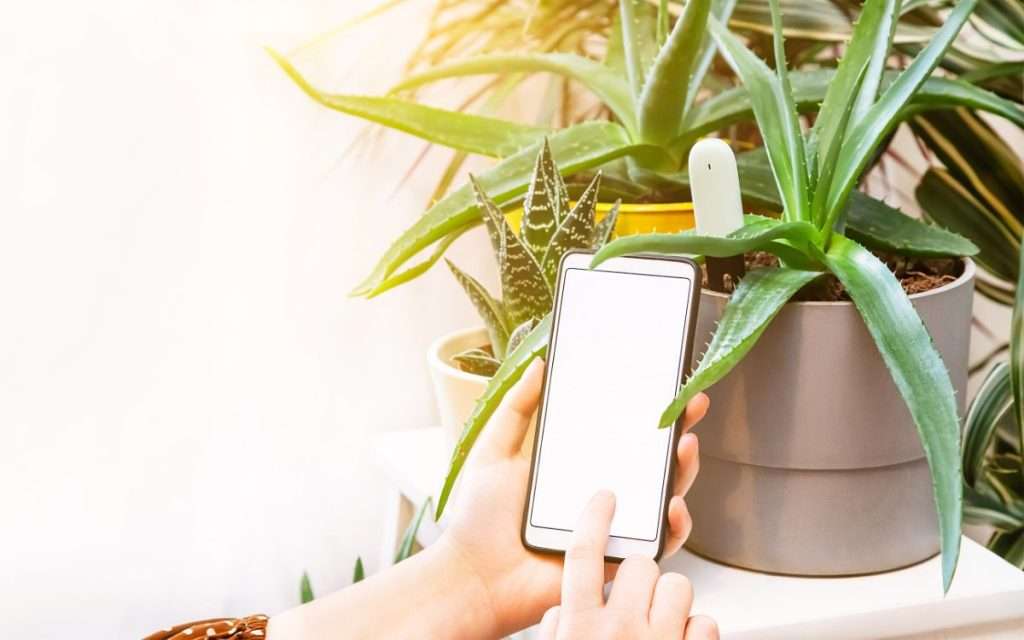
The intention behind these is pretty neat. It’s a plant pot with sensors in it that monitor moisture, light, and temperature. The sensors trigger watering when the soil is dry, and the entire thing is managed through a smartphone app.
The smart pot tells you when to move it in or out of the direct light or when it is too cold or warm. This would be a dream for folks who travel a lot and have to leave their precious plants at home. In practice, though, it seems these need a lot more design improvement. Reviews are not great, with reports of watering getting into the battery compartment and other struggles.
Maybe someday in the near future, we can have plant pots that manage the care all on their own. Wouldn’t that be sweet?
Indoor Garden System
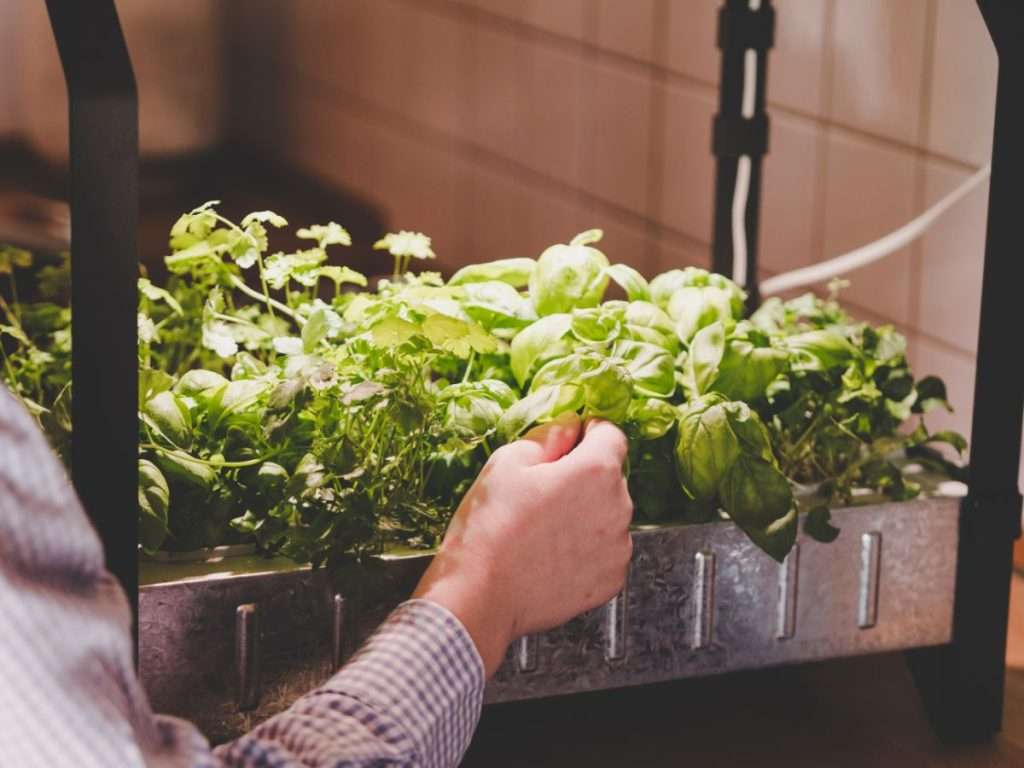
A miniature hydroponic system growing fresh herbs and greens on the kitchen counter – yes, please! There are tons of indoor garden systems on the market now. They make gardening indoors very accessible and provide excellent results.
Indoor garden systems vary widely in price, structure, and size. There are ones that just grow a couple of vegetables and those that grow several dozen. Be sure to check reviews before purchasing any unit.
Also, make sure you understand how the product works – some require you to buy special pods or fertilizers that work with their unit. This isn’t necessarily a bad thing, just not something you want to be surprised with after buying the system.
Smart Security Cameras and Trail Cams
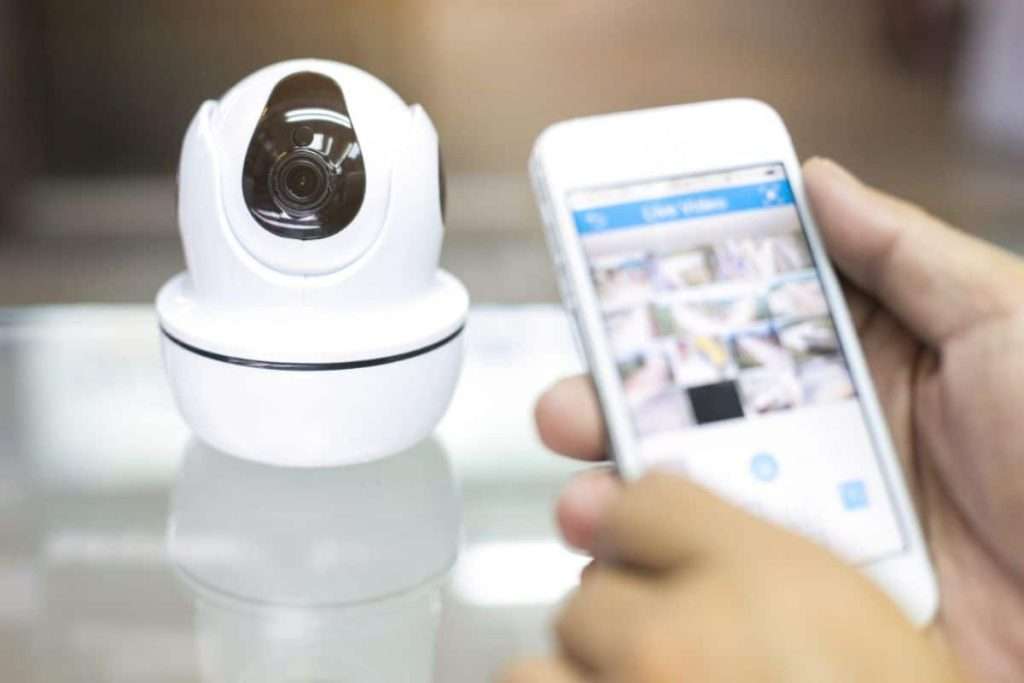
While these aren’t exactly designed for gardens, they sure do come in handy if you’ve got some destructive critters in your garden. Set up a smart security camera attached to your home or smartphone to discover who is invading the garden. Smart cameras usually send pictures straight to your email or phone, so you can see what’s going on in real time. You can literally catch the perpetrator in action.
A trail cam works just as well for this purpose, but usually, you need to download the pics from a USB in the camera. Or, many nowadays have Bluetooth, so you just have to be near it to download the pictures. This isn’t as instantaneous as the smart cameras, but still super convenient. Trail cams tend to catch the nighttime action better, too.
It’s difficult to combat a garden invader without knowing who it is; this technology is excellent for any gardener curious about what’s happening in the garden when they’re not around.
Garden Pollinators
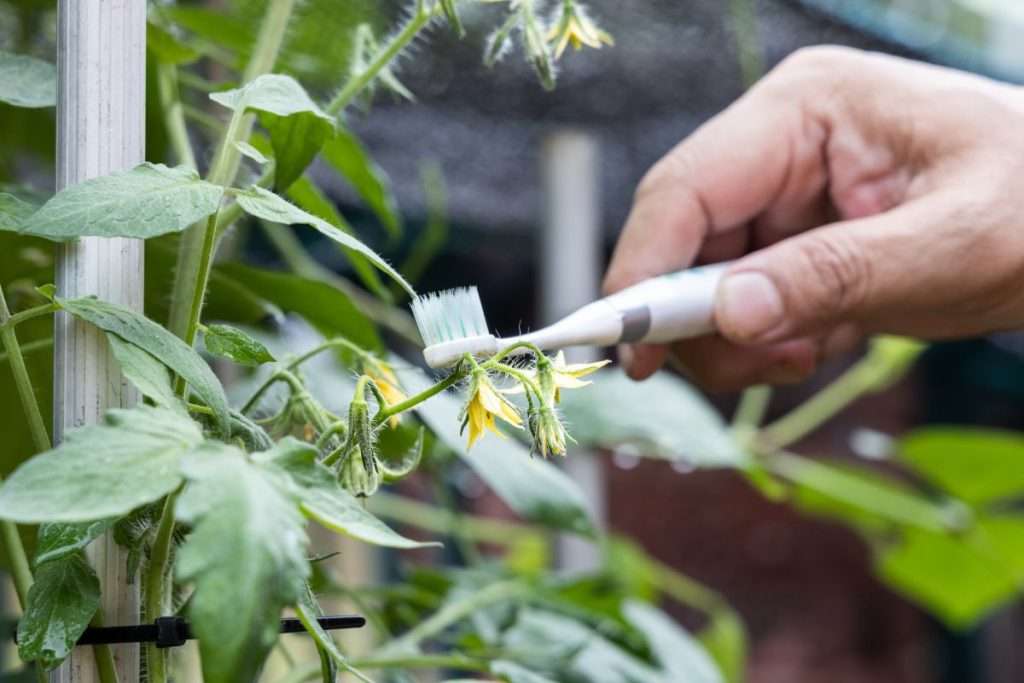
Usually, we rely on bees, butterflies, and beneficial insects to pollinate our crops, but that is becoming a struggle in some areas as insect species decline. Flowering fruits and vegetables must be pollinated to set fruit and produce vegetables. It is vital that pollination happens, somehow.
A vibrating pollinator device does the work of the bees with bristles that distribute pollen from flower to flower. This requires work from you; you must go from flower to flower and touch the pollinator to it. Being a bee is challenging work!
Pollinators are also essential for greenhouse growers because, in those conditions, pollinating insects can’t always get inside to do their valuable work. If you grow vegetables in a greenhouse or have been struggling with small fruits and vegetables, there’s a good choice the plants aren’t being pollinated well enough. This gadget fixes that issue very well, with a bit of effort.
In conjunction with this tool, grow some plants to attract the pollinators back, so you don’t have to do it every year. We’ve harmed a lot of the pollinating species with chemicals and habitat destruction, and we need to help them rebuild.
Pop Up Plant Netting
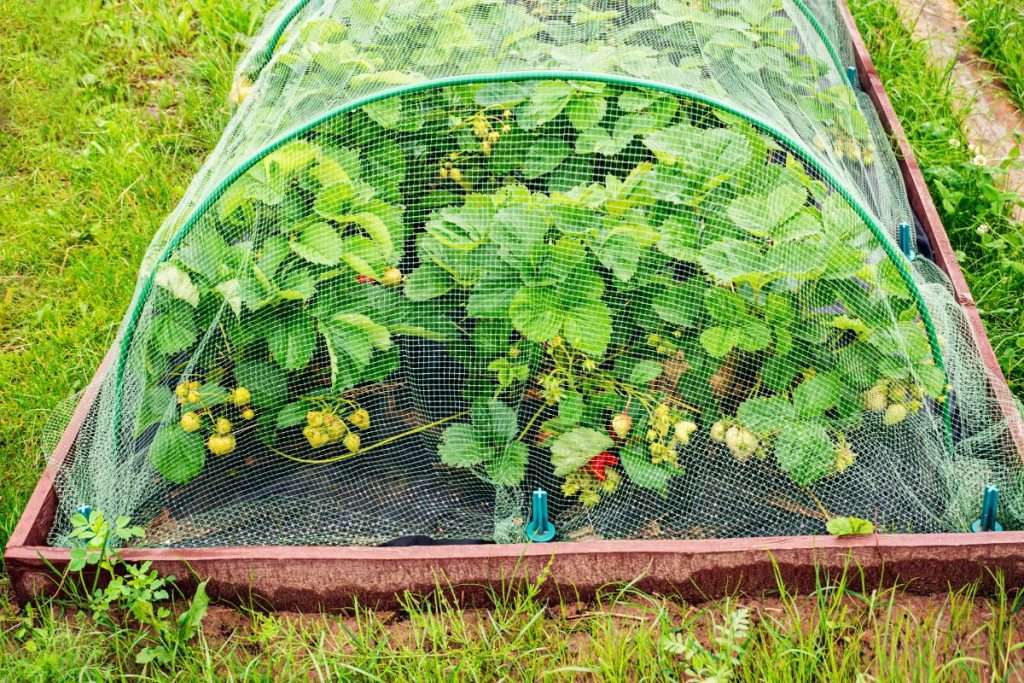
These are on the low-tech side, but they are convenient. Every gardener knows how damaging birds and critters can be, especially around seeds and young sprouts. Pop-up netting covers the plants so the local wildlife can’t get them but doesn’t block sunlight, water, or air from reaching the plants. That’s the benefit of netting as opposed to denser row covers. The pop-up construction also allows for quick and easy plant covering without struggling to provide a structure.
These aren’t great for really windy areas, and even in not-so-windy regions, you will need extra clips to keep them down on particularly blustery days. There are many options for pop-up netting and row covers; read the reviews to make sure you’re getting a durable one. Also, they don’t work for all critters – raccoons are smarty pants who one user reported learned how to unzip the pop-up and help themselves to the vegetables inside.
Square Foot Gardening Template
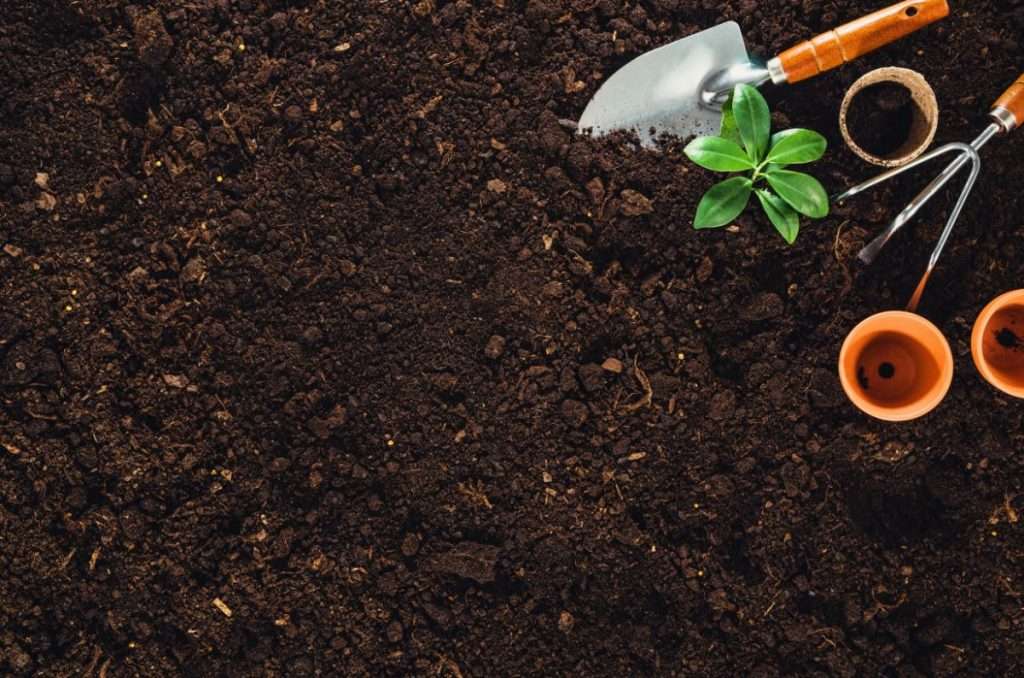
This tool is fantastic if you’re new to gardening and unsure about plant spacing. You press the template into the soil, then poke the color-coded holes based on what you’re planting and remove the template. It leaves behind the proper markings in the dirt, and you can start planting your seeds immediately.
For many experienced gardeners, this sounds like a silly or unnecessary product. All you need is a tape measure to do it yourself or use a skilled eye. But, this saves a lot of time for others who are new to plant spacing. Otherwise, you have to keep checking the seed packets to remember the recommended spacing and then measure it yourself.
The square-foot gardening template takes all the guesswork out of sowing seeds and allows you to plant without wasting any space.
Cat Scat Mat
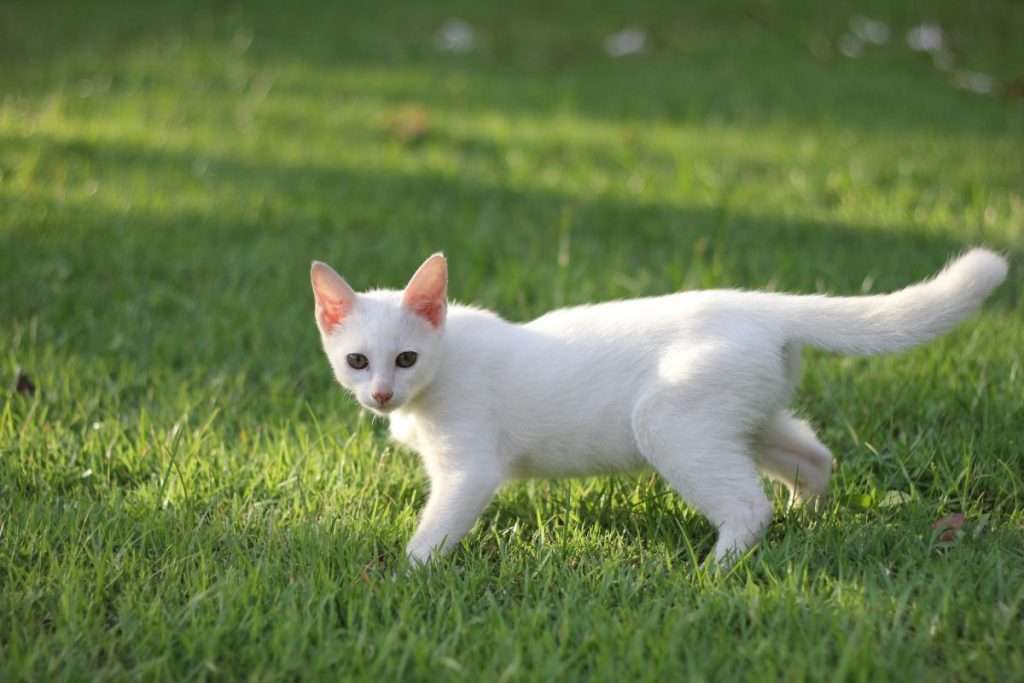
It can be highly frustrating if you’ve got neighborhood cats, or maybe even your own, who like to dig up the garden and use it as a litterbox. The cat scat mat is humane and, according to users, works like a charm.
The mat is flexible, made of plastic, and covered in little prickly plastic teeth. These spikes irritate the cats’ tender paws but don’t cause any harm. The mats can be rolled up, and cut with scissors, and are very versatile for fitting your garden space.
Users report using the cat scat mat to keep squirrels, dogs, and raccoons away from plants, pools, gardens, and bird feeders.
Plant Sensor
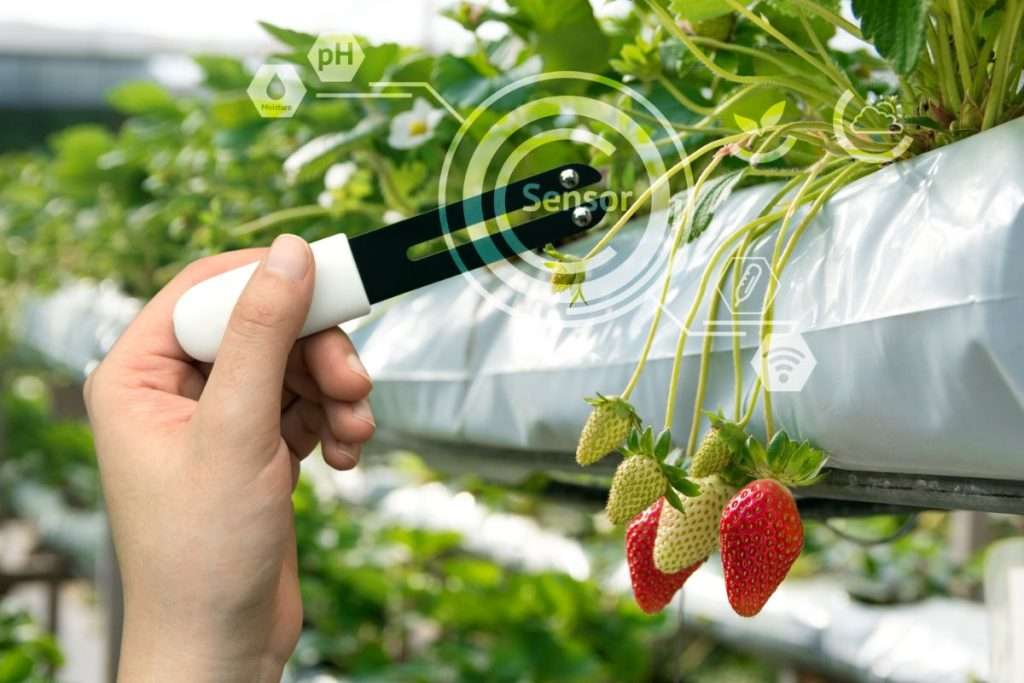
The idea behind this hi-tech gadget is neat; you stick the sensor into the ground, and it will tell you which plants to put there based on sun, humidity, temperature, and soil conditions. Then, once the ideal plant is in the ground, the sensor monitors the plant’s health in that location. For example, if the plant needs watering, the sensor will alert you.
According to users, while the concept is intriguing, the reality falls far short. The technology malfunctions regularly, making it frustrating to use. Also, it’s one sensor per plant, so if you have a lot of plants you want to monitor, this gets pricey fast. For now, avoid this gadget until the tech is fully functional.



